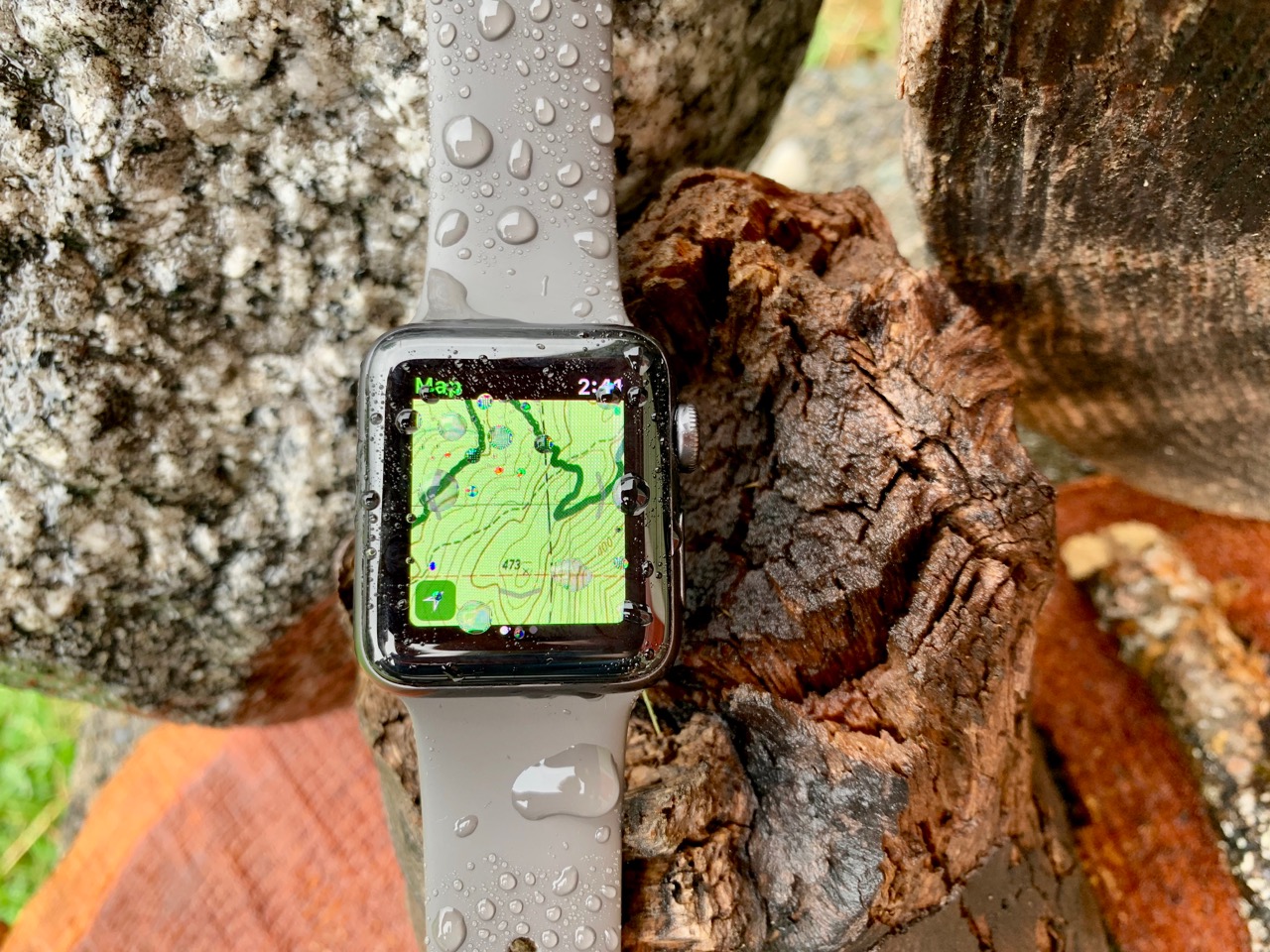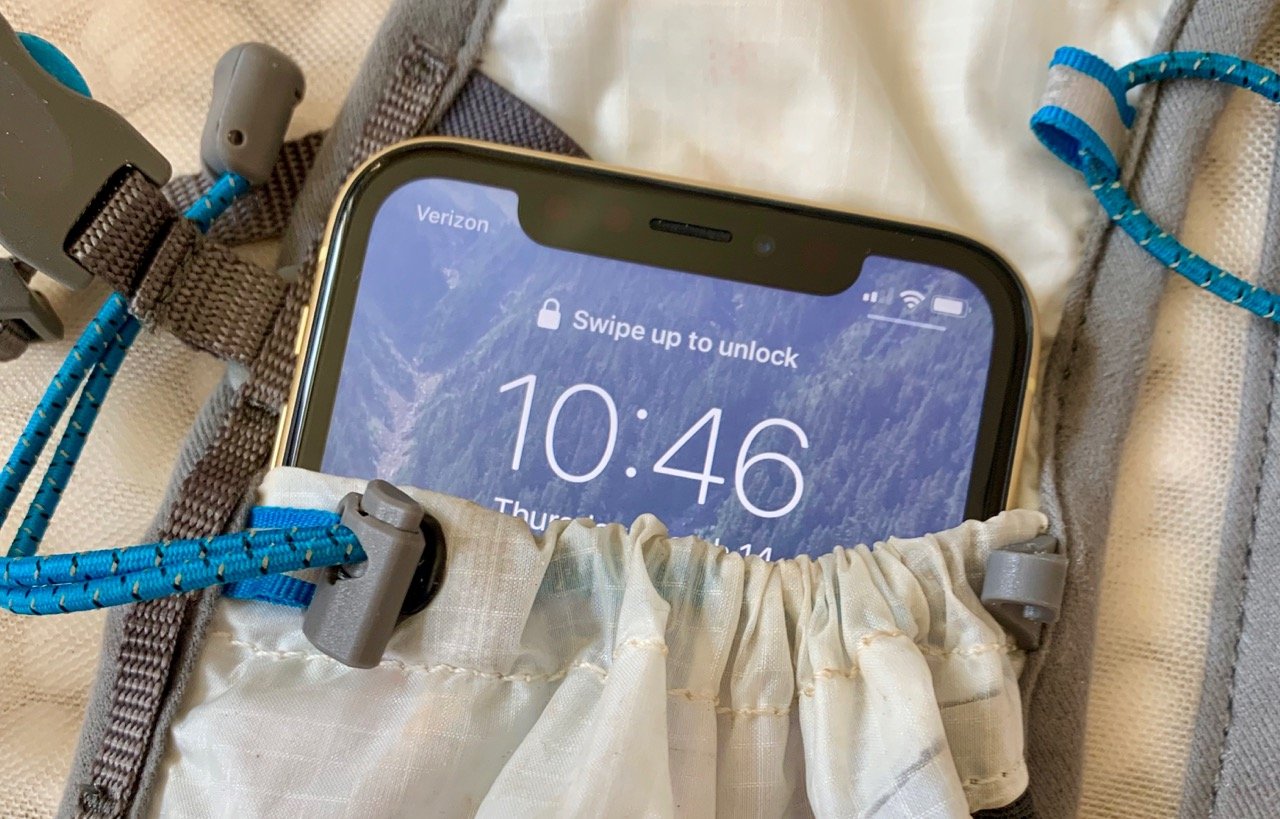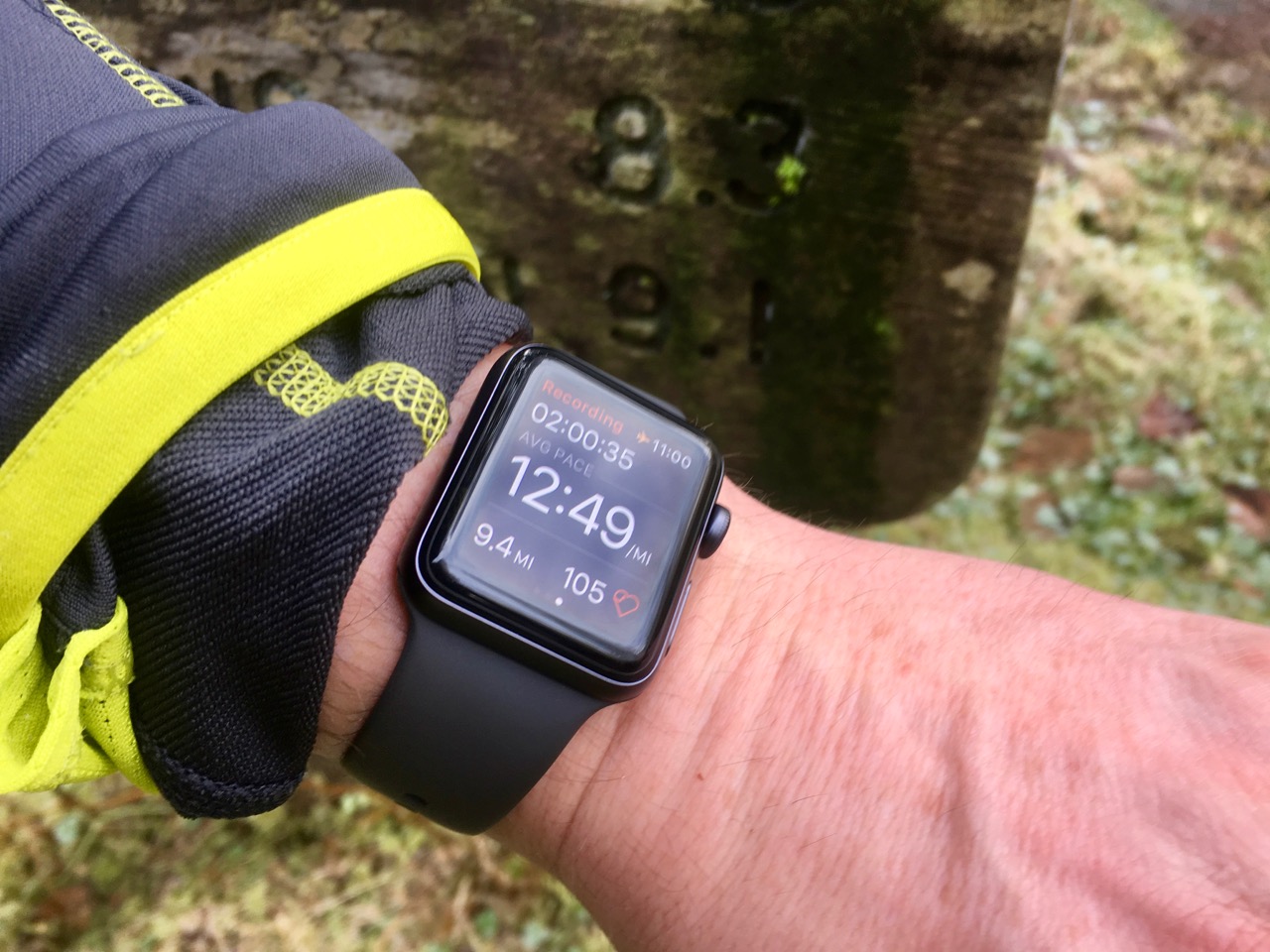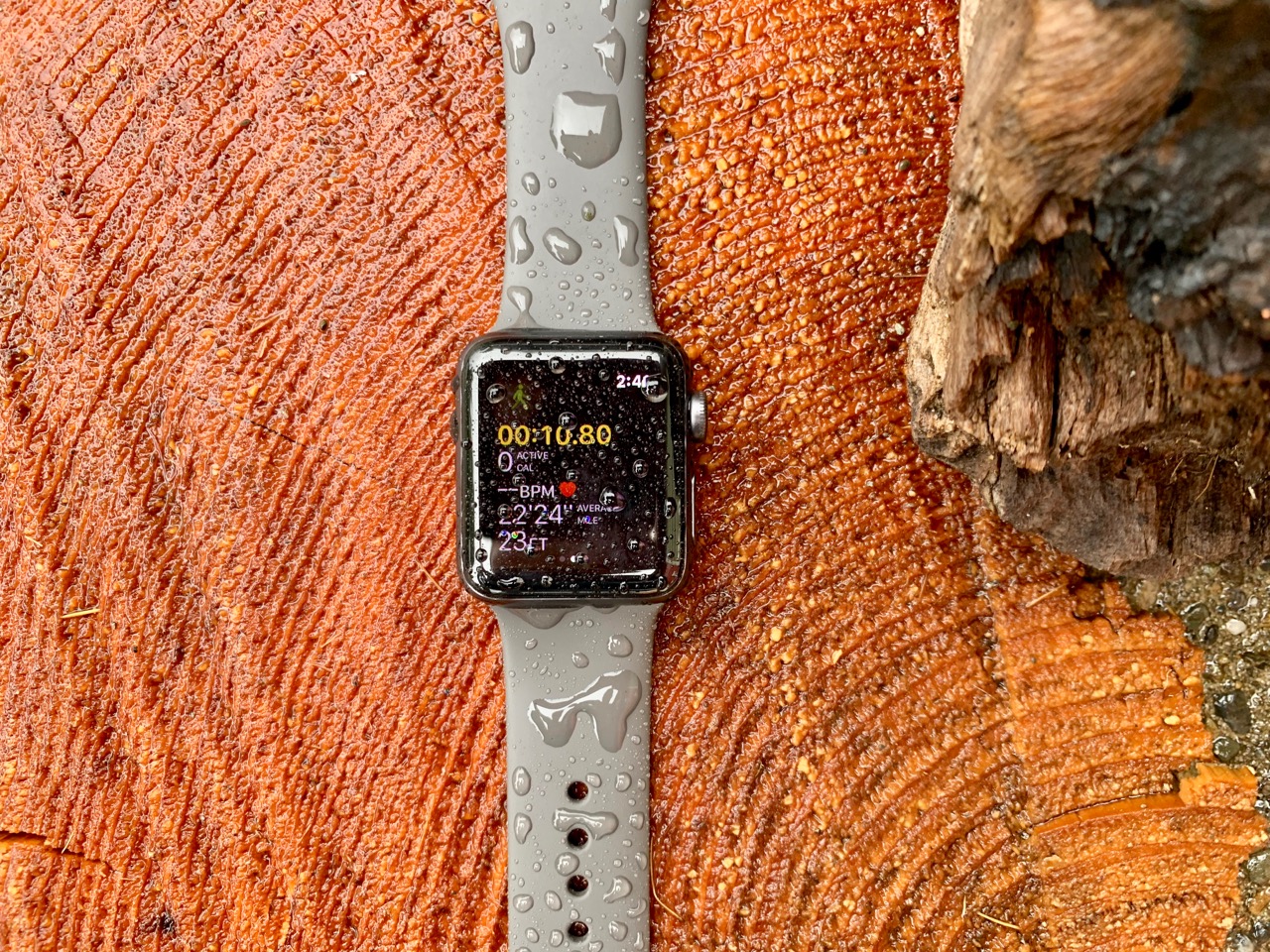Ten things outdoor enthusiasts loves about Apple Watch and iPhone

Apple's iPhone and Apple Watch were born in the clean, white, and aluminum-accented labs in Cupertino, California and are assembled in a sterile factory without a speck of dust in the room, and even fingerprints are unseen. Though they start in the security of indoor labs, they're really great tools for the outdoors. I've been taking my iPhone and Apple Watch into the backcountry for a long time now and am continuously surprised and delighted how well they hold up. Each iteration gets better and makes adventuring more fun. There's a stereotype that outdoor gear is supposed to look like a Tonka Truck; overly bubbly and burly and surrounded by protective plastic on every surface, but even though iPhone and Apple Watch look slick and are at home on any runway, they are equally well suited on a trail, in the wilderness, surrounded by dust and mud, far away from cell signals, subways and Uber rides.
So, what is it that outdoor enthusiasts love about the iPhone and Watch?
Here are my top ten things that make a trip into the backcountry with my iPhone and Apple Watch awesome.
1. Water-resistance and/or Waterproof

Being out in the elements inevitably leads to getting your gear subjected to rain, sweat, water from every side. And while the Watch famously is good for swimmers and thus will survive any downpour or an accidental drop into a puddle, iPhone, while technically not 100% waterproof is still very water resistant. I've never had issues on any of my backcountry runs through the pouring rain. Even accidental falls into puddles (yes, they happened) my iPhone took in strides and without any issues. On rainy days friends of mine put their phones in ziplock bags but I never felt like I needed to worry about this with my iPhone.
2. GPS
What did people ever do before GPS tracking? Look at a paper map? Learn how to read a compass? While those trades are actually still very useful tools, iPhone and Watch opened up a whole new dimension for backcountry travelers. After GPS became available in Airplane Mode (more on that later) tracking ones activity far off the cell grid became fun, convenient and kept people safer. The default mapping app Apple ships with the phone is just meant for car travel, but indie app makers have jumped on this and created some incredible tools harnessing the power of the Apple Watch and iPhone's ability to be connected to a GPS network deep in the backcountry. I plan my hikes using a trail mapping app, download map tiles for offline use before I head out. And while I'm the trail the GPS keeps a pin on the map and shows me where I am. I can see elevation profiles and even share this info with my kids if they are starting to melt down and begin their inevitable "How much longer, Dad?"
3. Camera
There have been countless articles written about how the rise of the Instagram outdoor shot is a leading cause for the increased popularity in our National Parks, and with that, some potential detrimental side effects. But, I'm not here to debate this. What is clear, is that the best camera is the one in your pocket, and the iPhone has an incredible camera, which we use every day. Using my phone as my main camera allows me to be fast and comfortable in handling all the different settings. This daily experience with the camera on my phone makes my vacation pictures much better. I take a lot more pictures, sync them via iCloud to my Mac and I actually do stuff with those memories we capture, like a custom slideshow on my Apple TV with my favorite family vacation moments. Gone are the days of lugging heavy and expensive equipment on my camping trips. I don't worry about dust and sand on my lenses. I grab my everyday phone, put on my backpack and take awesome shots of my adventures.
4. Battery Life

I recently upgraded from an aging iPhone 6s to a XR. My last summer with the 6s was a rough one. A dying battery, and frequent shutdowns made me think twice about wanting to take the phone out of my pocket while on a hike. I took fewer photos and had less fun with it on my trips. But since upgrading, I've been blown away by the huge improvements in battery life with the XR. I'm not worried about external battery packs, never ran out. I take all the photos I want. I can track my routes, connect to a cell network when available, and have a dependable device I can trust. It's incredible how far we've come... now ask me again about this in three years when the battery is losing steam.
5. Face ID
Face ID is a big improvement over Touch ID on all levels, but where I find it the most noticeable is when I'm outdoors with my fingers in gloves, or caked in sweat and dirt. Touch ID always failed me there and it was annoying having to unlock with my password every single time. Face ID is much better (unless you wear weird sunglasses the phone doesn't go through).
6. Airplane Mode
One of the biggest challenges with keeping my battery alive as long as possible in the backcountry is that limited cell coverage makes these cell-connected phones and wearables freak out (very technical term!). On my hikes from valley to summit at each switchback the phone desperately tries to triangulate a far away cell cover, thirsty for some connection juice. This action drains the battery a lot faster than if I'm just commuting around town with good LTE coverage and a few WiFi spots in between. If I know that I'll be out of coverage, I immediately turn on Airplane mode on my iPhone and Watch. This still leaves GPS functioning, but all cell connectivity will cease to drain the batteries. And since this is just a toggle away, when I reach my mountain peak and want to check to see if I can send a quick text message, I just turn on cell coverage, let my iPhone find the towers and get buried under the barrage of incoming notifications I've been so blissfully unaware for a few hours. Savor those moments in airplane mode.
7. Watch Bands

One thing that makes Apple Watch such a smart investment is the way I can almost seamlessly take my watch from my dinner date to the backcountry campsite. I pop in a fancy watch band for that evening affair and switch to a sporty, easily washable band for outdoor activities. Rinse the watch, switch the band and I'm back in the city. Sure, I could have separate Apple Watches, a day and a night one, so to speak, but what better way to stay in sync with my established workflow, health tracking features, and other apps, than making Apple Watch your main watch and just switch bands to match the mood. If you looking for some fun watch band alternatives, here's a good list of third-party options:
Best third-party Apple Watch bands that won't break the bank
8. Apps
Apple doesn't make specific outdoor tech gadgets, they make excellent everyday devices. The App Store is what makes the product great for the outdoors. Mapping apps, especially, give the iPhone and Apple Watch meaning beyond what the built-in apps are offering. Detailed trail mapping, route tracking, and other features which harness the built-in technology but made useful by app developers with the focus on providing solutions for backcountry travelers. I always take a Night Sky app with me camping and for tracking why hikes my go-to mapping app is Topo Maps +.
9. Low Profile

Both the Watch and iPhone are getting smaller, thinner and lighter. Many comparable outdoor products are bulky on the wrist or in the pocket. This focus on lightness, while maintaining durability is what outdoor enthusiasts love about their gear, be it tents, backpacks or hiking boots. The thinner, the lighter the better, and Watch and iPhone deliver. I love not having to wrestle with my raincoat sleeve when trying to see my watch face and compared to the GoPro the iPhone fits much nicer into my pant pocket.
10. Health Tracking
Who wants to break their health tracking streak just because vacation hits? When I'm heading out onto the trails I keep my watch on my arm and I reach my step tracking goal easily. With the watch on my arm, I track my activity and when I get back home I'm proud of my achievements.
BONUS: Music and Podcasts
In today's streaming music world heading into the backcountry can bring a surprise... no downloaded songs on our iPhone. I always have a good playlist of fun songs downloaded which I can use offline when streaming is unavailable. I don't often play music or podcasts out in nature, but sometimes a bit of distraction by my favorite tunes is exactly what I need to get that second wind on a long run out.
Master your iPhone in minutes
iMore offers spot-on advice and guidance from our team of experts, with decades of Apple device experience to lean on. Learn more with iMore!
Mathias creates beautiful many things. Co-founder of the Outdoor Society, publisher of outdoor inspiration including guidebooks, calendars and the weekly trail running podcast Singletrack. In his spare time he runs trails and climbs the mountains around his base camp Olympia, WA. Find him at The Outdoor Society or @mathiaseichler.

